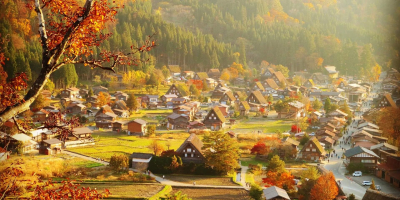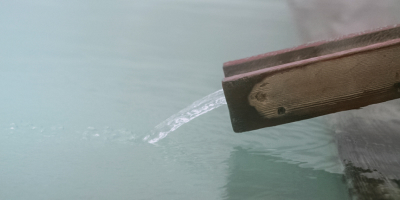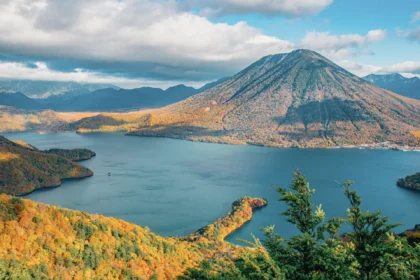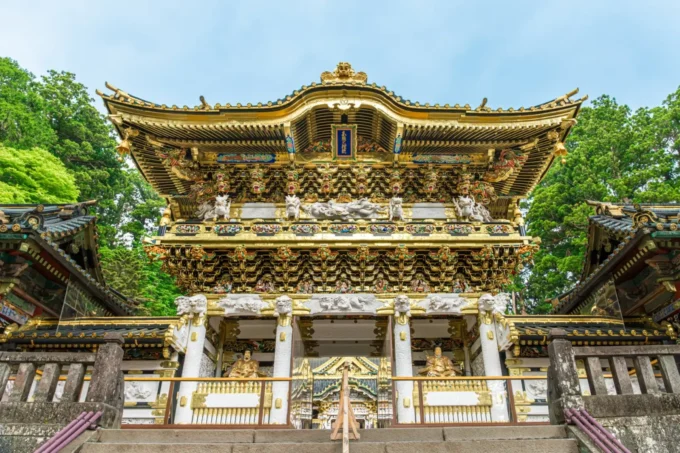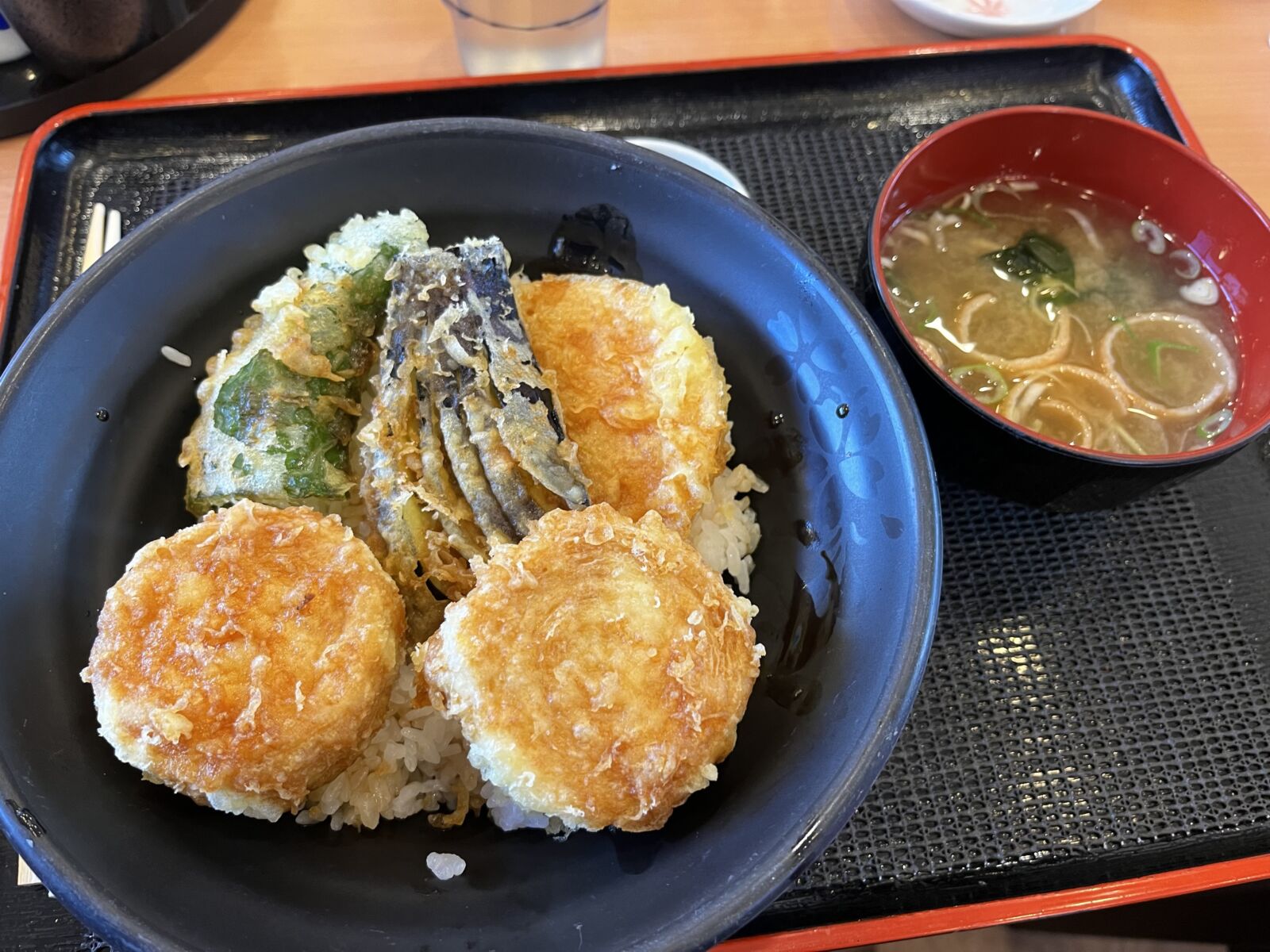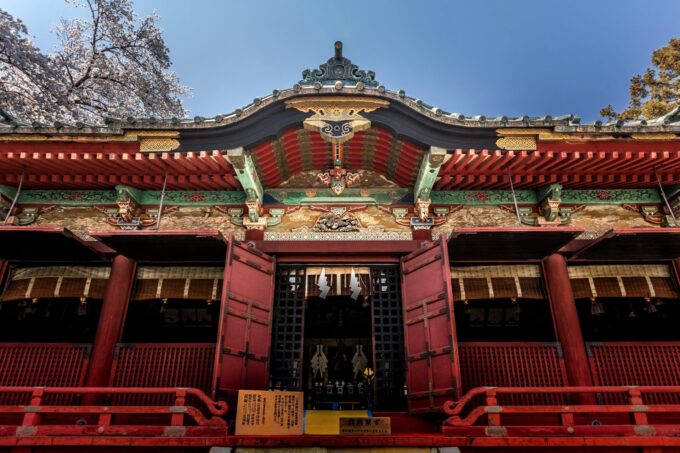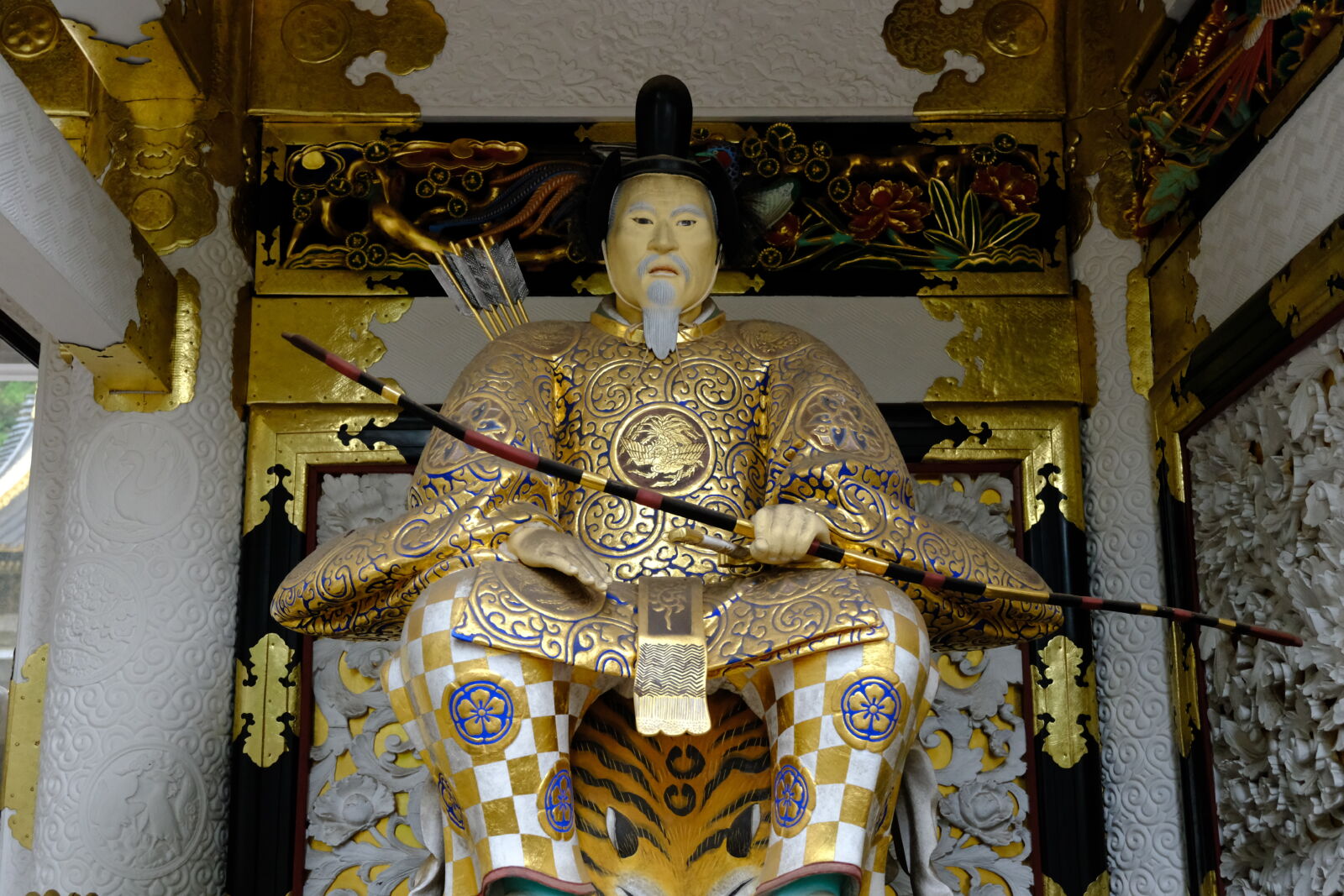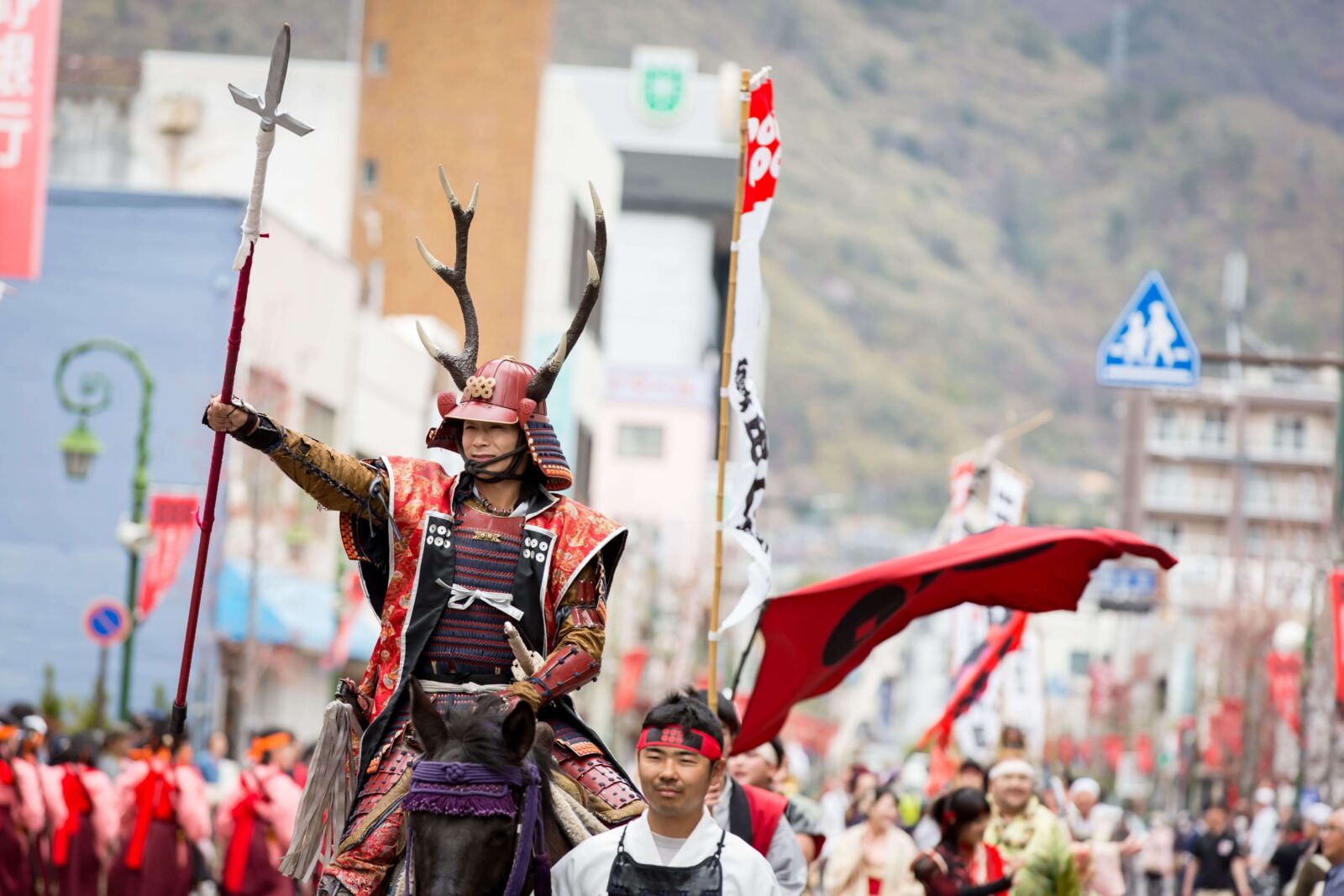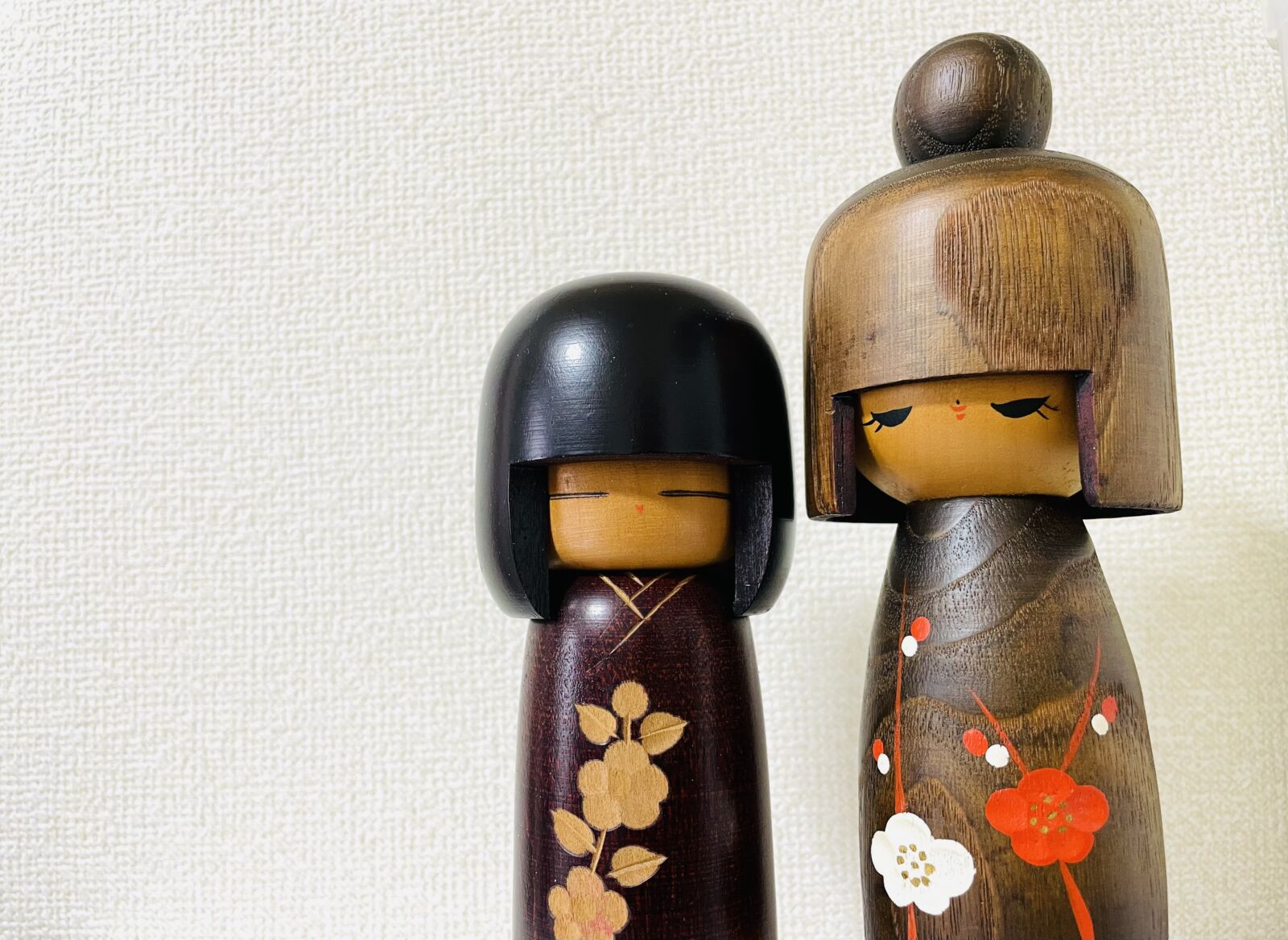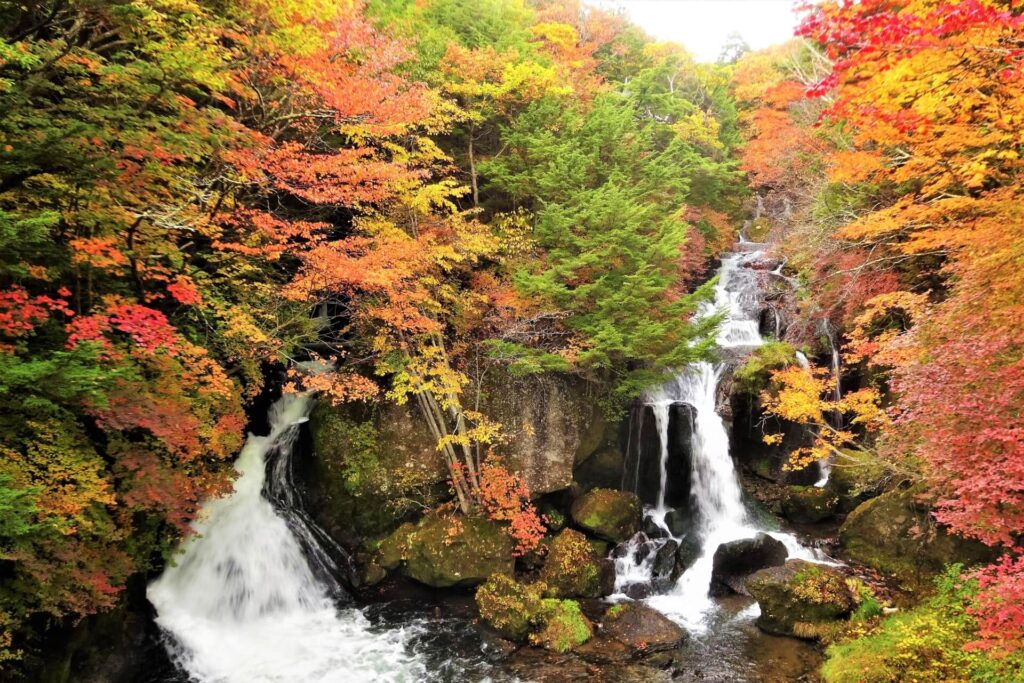
Waterfalls, lakes, and more! Head out to Nikko to bask in and be surrounded by beautiful nature just a short trip away from Tokyo. From mid-October to early November, the vibrant reds, oranges, and golds transform the area’s historic temples, waterfalls, and lakes into unforgettable sights. Nikko is a must-visit for any and all nature lovers. Be sure to check out the "NIKKO PASS" for savings!
Nestled in the mountains north of Tokyo, Nikko is a historic town located in Tochigi Prefecture, best known for its stunning natural beauty and rich cultural heritage. It is home to a UNESCO World Heritage Site that includes multiple shrines, one of which is Tosho-gu Shrine. This is the shrine where the first Tokugawa Shogun, Tokugawa Ieyasu, is enshrined and buried. With so much to offer, visitors can explore centuries-old temples and shrines nestled among towering cedar trees, relax by Lake Chuzenji, or admire the power of Kegon Falls.
Planning your autumn escape away from Tokyo's concrete jungle? Here's your essential guide to our top recommendations for experiencing the stunning fall foliage in Nikko:
Want to experience the beauty of Nikko for yourself? Check out our recommended tour where one of our local guides takes you through historical World Heritage sites and more!
1 - Oku Nikko (Inner Area)
* Due to the "Oku Nikko" area having so many highlights to see, we are splitting it into the inner (closer to Nikko city center) and outer (further away) areas. Oku Nikko is part of Nikko National Park area. *
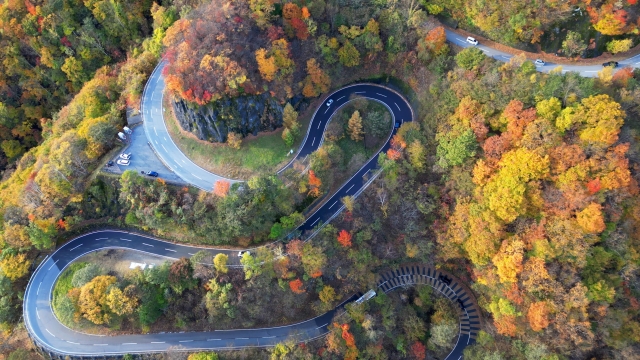
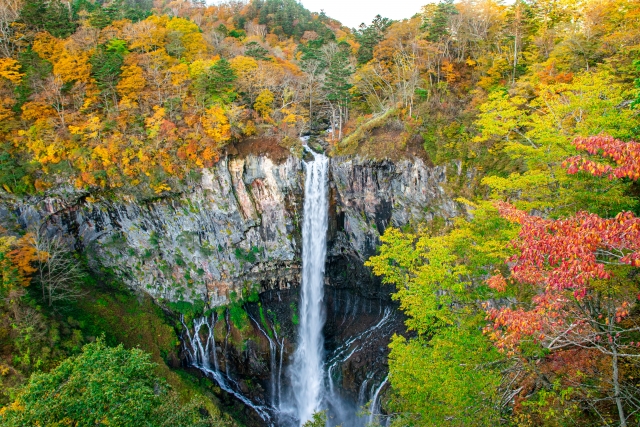
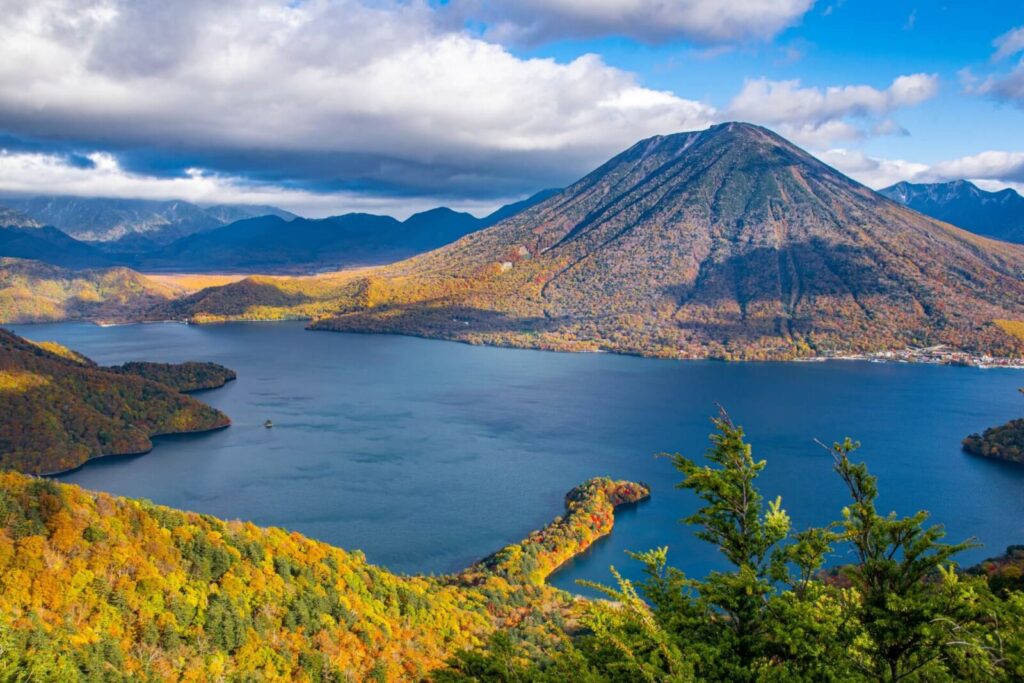
Highlights:
- Irohazaka Winding Road
- Kegon Waterfall
- Akechidaira Ropeway
- Lake Chuzenji
Lake Chuzenji is the main destination for many travelers heading to Oku Nikko. On your way to Lake Chuzenji, you can opt to take one of the two scenic winding roads through the mountain. Anime enthusiasts might recognize one of the roads as being the one featured in the street racing series "Initial D" - Irohazaka Winding Road. After drifting through the hairpin curves, you will reach Kegon Waterfall and the Akechidaira Ropeway. The ropeway provides a rare aerial view of the landscape. The water from the waterfall feeds into the nearby Lake Chuzenji. The sill deep blue waters surrounded by the autumn leaves on the mountainsides will leave you speechless. Don't forget to stop by the temple too!
2 - Oku Nikko (Outer Area)
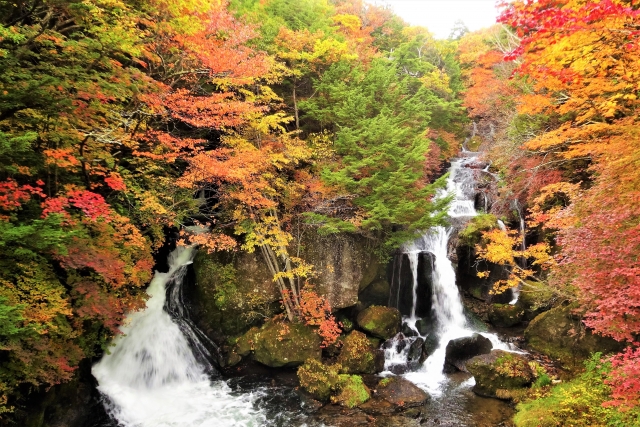
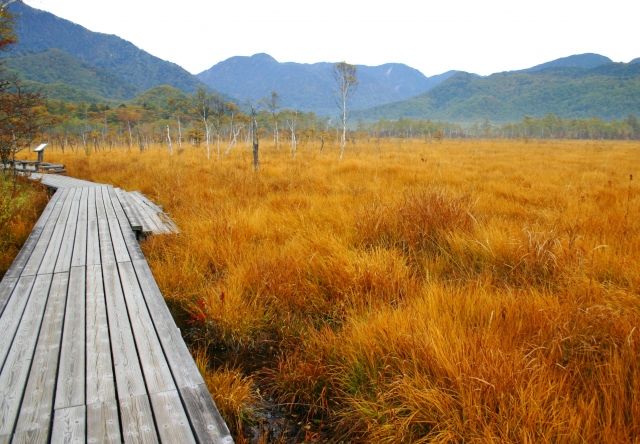
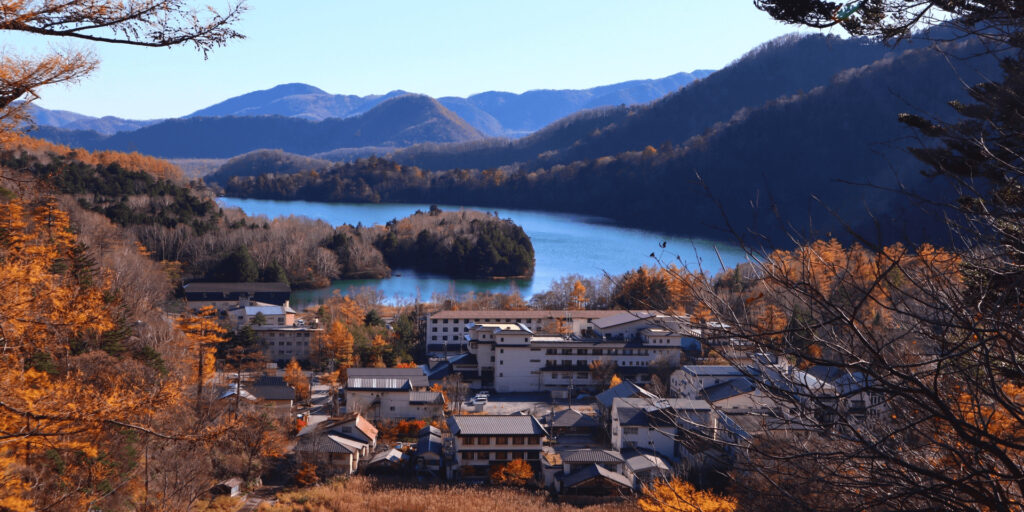
Highlights:
- Ryuzu Waterfall
- Senjogahara Marshland
- Yudaki Waterfall
- Yumoto Onsen
- Nikkozan Osenji Temple
On the far side of Lake Chuzenji, opposite of Kegon waterfall and the ropeway, is another famous and unique waterfall. Ryuzu Waterfall is a cascading style of waterfall - contrary to Kegon Waterfall. The cascading Ryuzu Waterfall is surrounded by color changing trees making it a great photo spot for the area. Not too far up the road from here is the Senjogahara Marshland. Senjogahara Marshland is a wide-open marsh surrounded by the mountains of Gunma on the far side and Nikko nearby. The road then leads into the next area, Yumoto Onsen town. As you enter the town, you'll pass by Yudaki Waterfall and towards the far side of town is Nikkozan Osenji Temple. The temple has a public hot spring bath that is said to promote health and longevity. Now how many people can say they soaked in a temple hot spring bath?
3 - Lake Kawamata Area
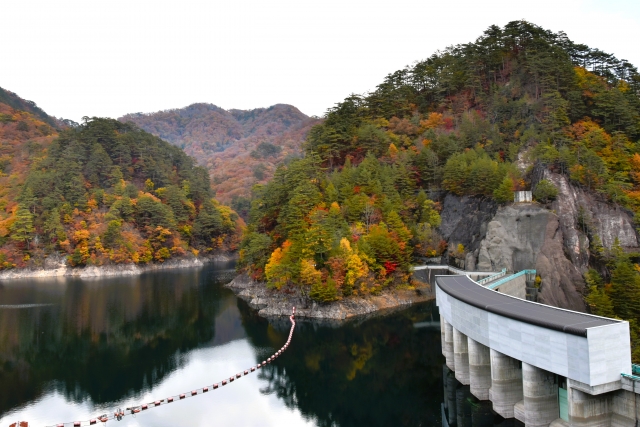
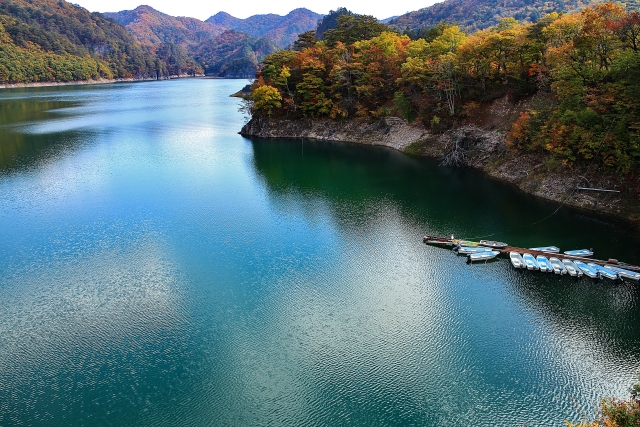
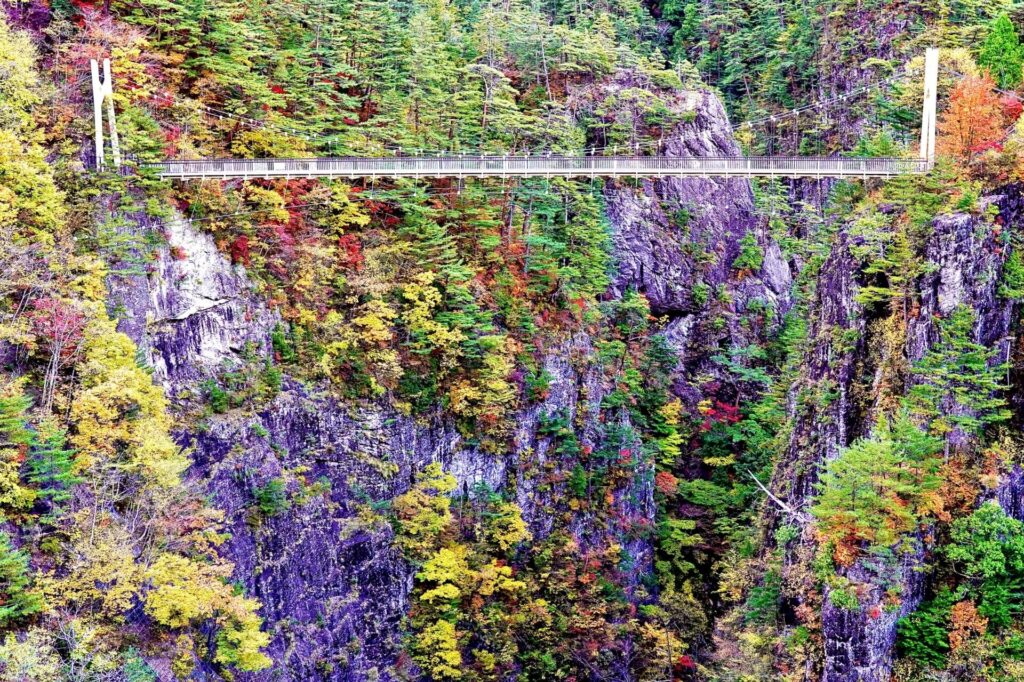
Highlights:
- Lake Kawamata
- Setoaikyo Canyon Bridge
- Kawamata Dam
Lake Kawamata is a lake created from the damming of Kinugawa River (a different part of this river is home to a small onsen town). Similar to Lake Chuzenji, it offers stunning views of the deep blue water surrounded by the autumn colors on the mountainsides. On the east side you can visit the top of the dam to get a view of the blocked off river on one side, and the Setoaikyo Canyon Bridge on the other. As the name suggests, the bridge spans across the Setoaikyo Valley and is a very scenic pedestrian suspension bridge. Those afraid of heights beware, but if you are feeling brave enough, it offers stunning views of the surrounding trees and water down below!
4 - Tobu-Nikko Station Area
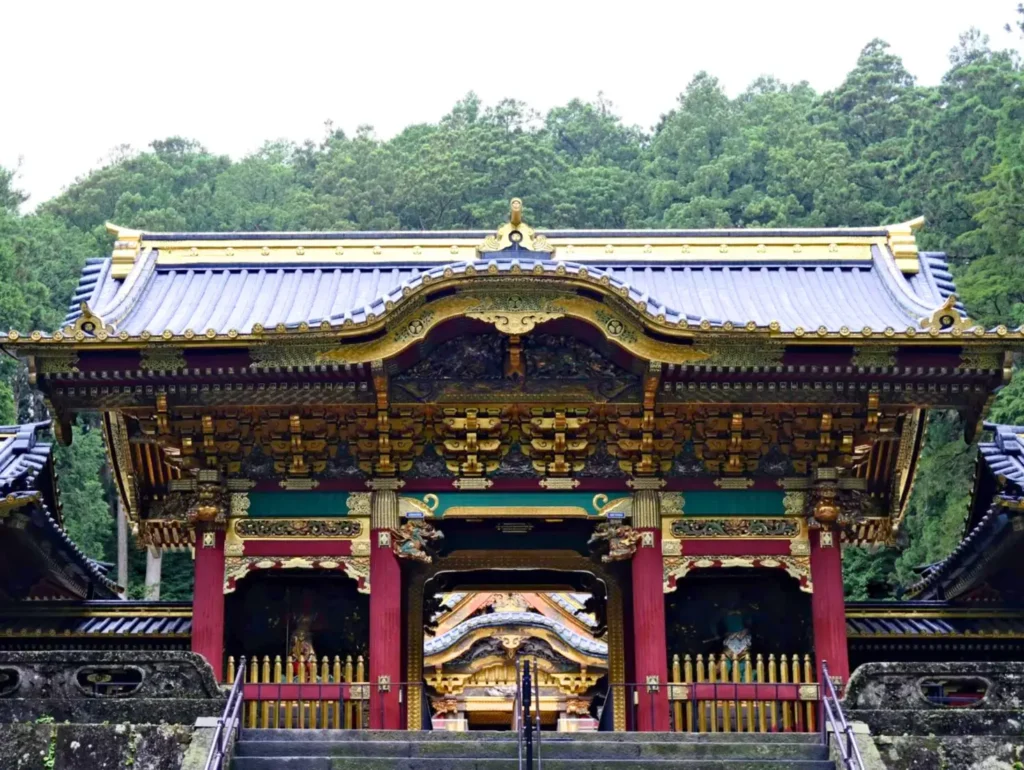
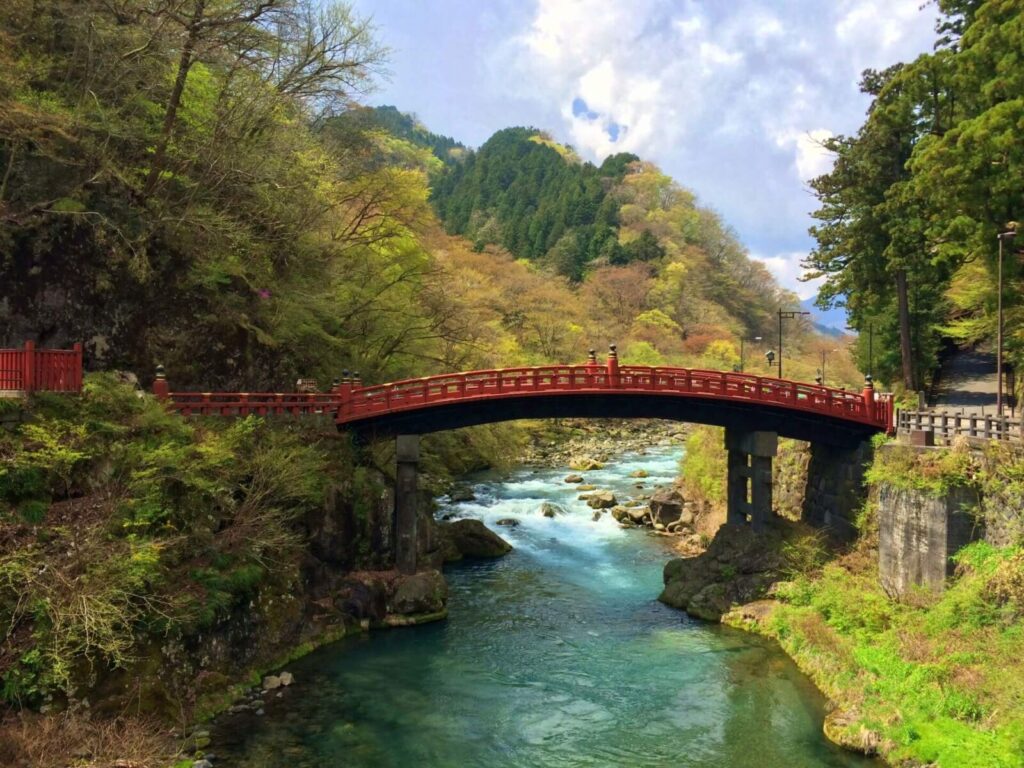

Highlights:
- UNESCO World Heritage Shrines
- Shoyo-en Garden
- Shinkyo Bridge
- Imperial Villa Memorial Park
- Kanmangafuchi Abyss
Central Nikko is home to many of the main locations people visit, and it is convenient to get there from Tokyo and convenient to move around on the local bus. The main attraction is the UNESCO World Heritage Site that is home to beautiful shrines including Tosho-gu Shrine. On the grounds is a beautiful Japanese garden, Shoyo-en, which has trees and other foliage that change with the seasons. Right in front of the entrance is Shinkyo Bridge, so make sure to not miss it! A short bus and walk away are two really nice and less crowded spots. The Tamozawa Imperial Villa Memorial Park and Kanmangafuchi Abyss.
5 - Kirifuri Area
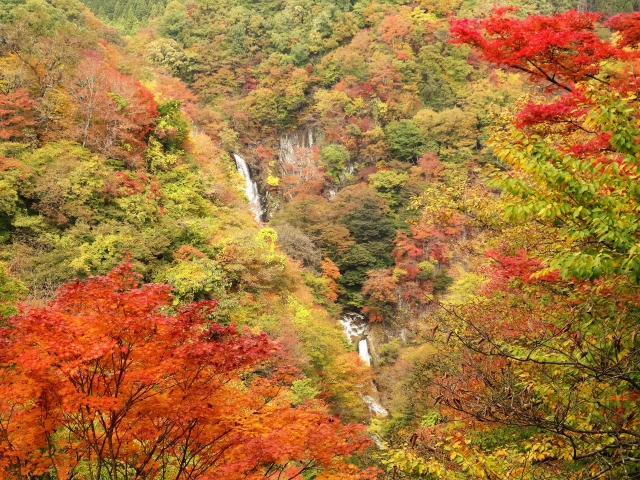
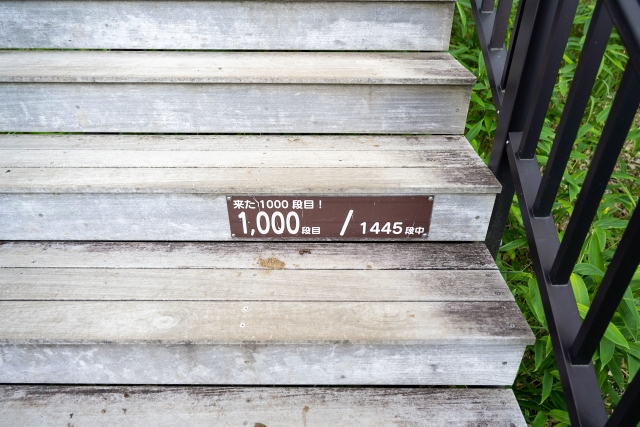
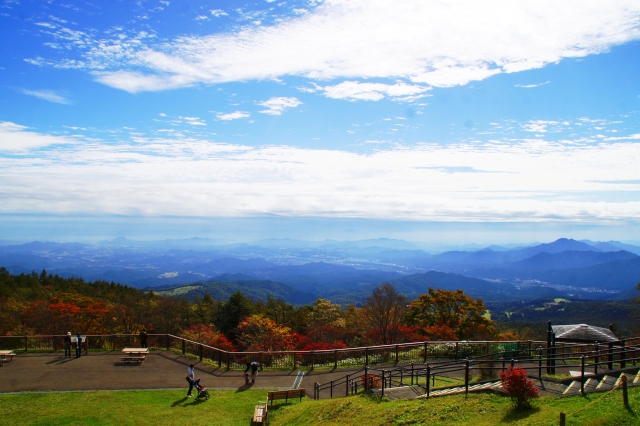
Highlights:
- Kirifuri Waterfall
- Kirifuri Plateau
- Komaruyama Observation Deck
- Ropposawa Observation Deck
Even though it's last in this list, the Kirifuri area does not disappoint. With many spots to visit, it's a must see if you have a car or taxi (unfortunately there aren't any public transportation options). Here you will be able to visit Kirifuri Waterfall, Kirifuri Plateau, Komaruyama Observation Deck, and Ropposawa Observation Deck. You will be able to see Kirifuri Waterfall from the nearby observation platform surrounded by the trees ranging from dark red to bright yellow. There are two more waterfalls on the way to the plateau, so make sure not to miss them! The plateau area is connected to Komaruyama Observation Deck by stairs with 1,445 steps; you won't have to worry about going to the gym! After that is the Ropposawa Observation Deck which provides a nice view of the nearby bridge and mountains as far as the eye can see.
How to Get to Nikko
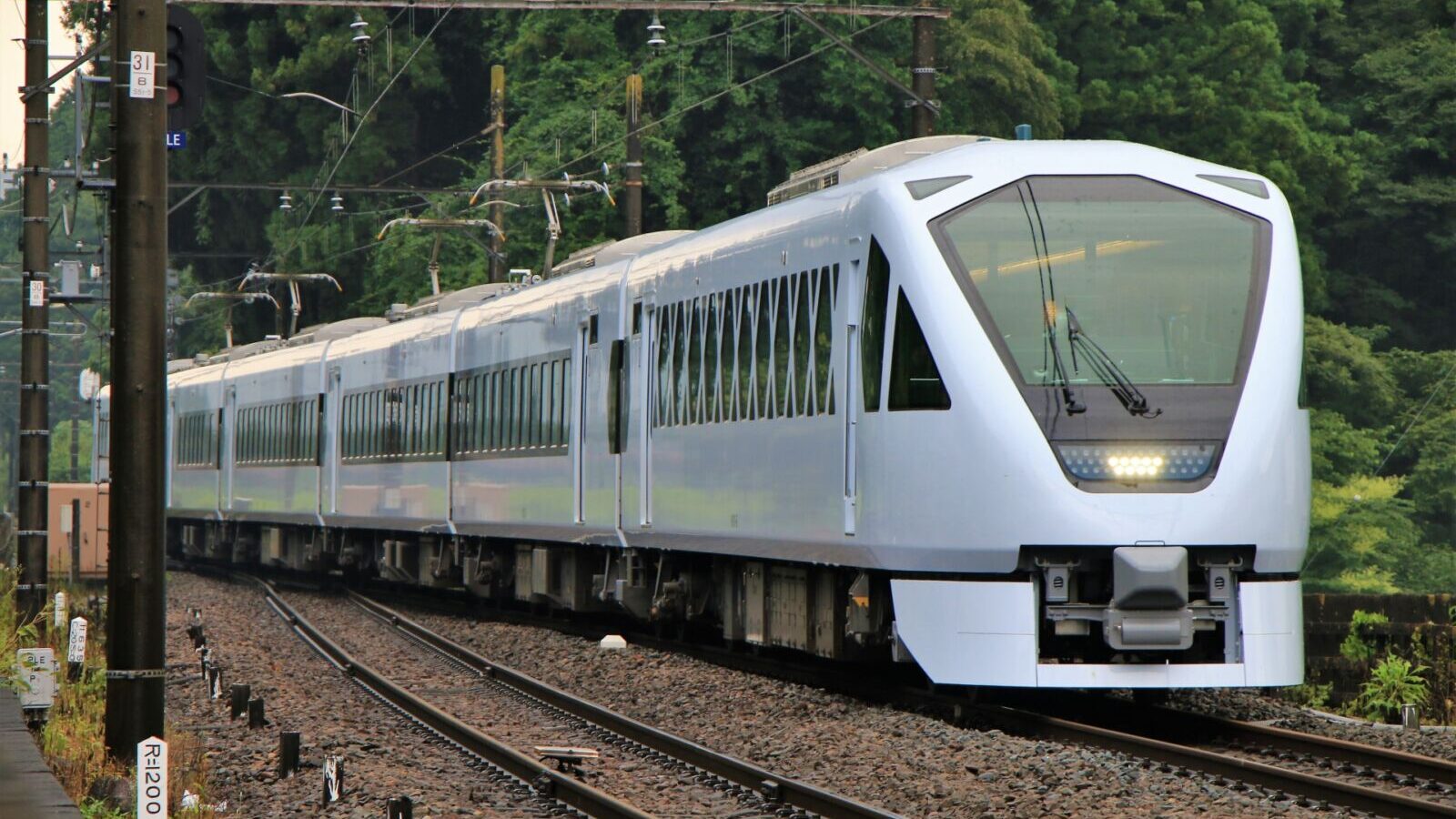
Looking to explore this wonderful area at your own pace? Be sure to check out our page on how to get to Nikko from popular places such as Tokyo, Nagano, Kyoto, and more!
Frequently Asked Questions
Where is a good day trip to see autumn leaves outside of Tokyo?
There are many great places to see autumn leaves outside of Tokyo, but it will depend on how much time you have and your budget. Nikko is a great place to go since it is a direct train ride from Asakusa Station in Tokyo. Be sure to check out the area "NIKKO PASS" to get discounts on transportation and more! Read about other areas close to Tokyo that are great for autumn leaves such as Mount Fuji and Hakone.
When is the best time to see autumn leaves in Nikko?
The best time to see autumn leaves in Nikko is mid-October to early November. Sometimes the timing changes due to weather factors, but this is generally a good window. Late October is when most areas are at their peak.
What should I wear or bring for a comfortable autumn foliage trip in the area?
Wear layered clothing, including a light jacket or sweater, as temperatures can vary throughout the day. In the October to November window, temperatures tend to hover near 16°C in the daytime, cooling down to around 8°C at night. And as always, comfortable walking shoes, a camera, and possibly a thermos or snacks are also recommended.
Final Tips for Visiting in Autumn
- Book accommodation and tours in advance—autumn is a peak travel season.
- Don't forget to check operating hours of every facility you may be visiting. Hours of operation often change based on season or public holiday.
- Bring layers! Temperatures can shift quickly, especially in mountainous areas.
- Consider combining a leaf-viewing trip with onsen (hot springs) or a local food tour for the full autumn experience.






